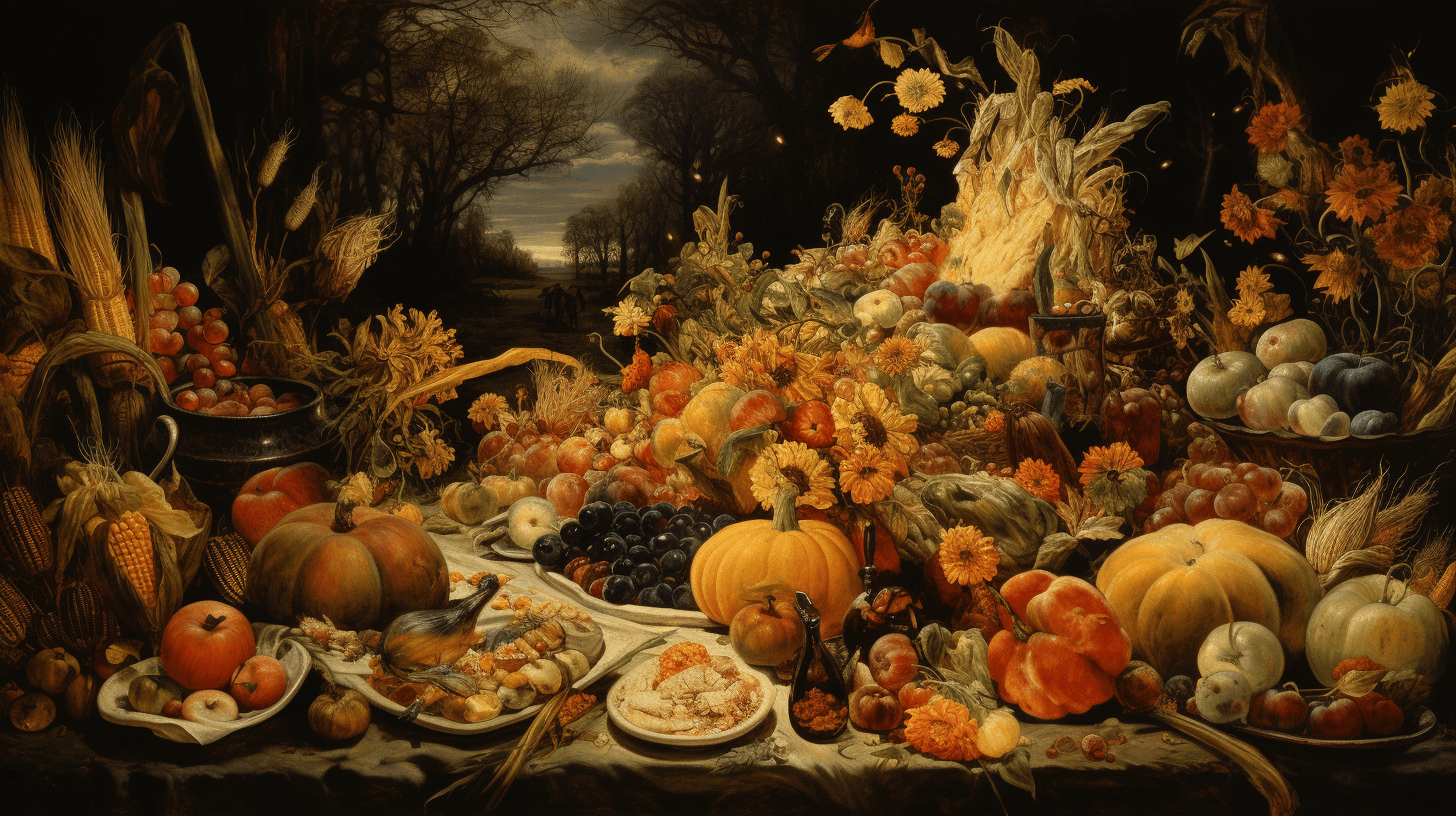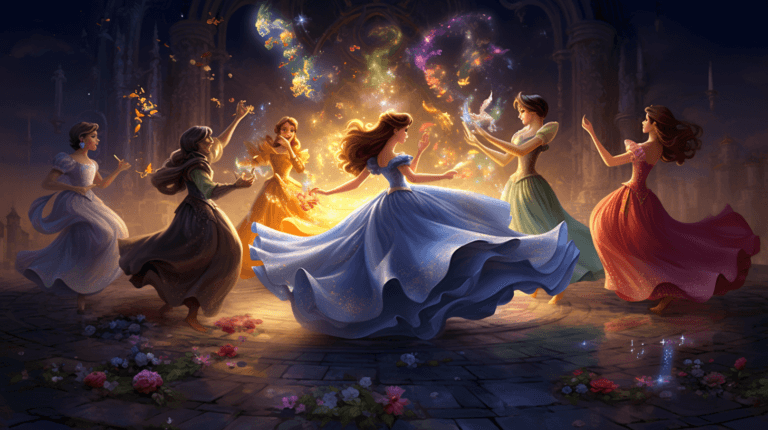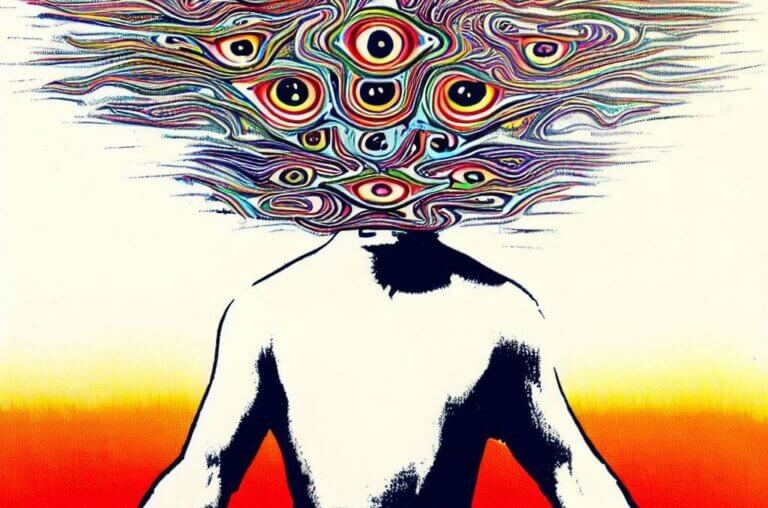The Cornucopia: A Symbol of Abundance and Pagan Traditions
Introduction
Throughout history, symbols have played a significant role in expressing cultural beliefs and values. One such symbol that holds deep meaning and a rich history is the cornucopia, also known as the “horn of plenty.” Originating from ancient paganism and embraced by various civilizations, the cornucopia represents abundance, prosperity, and the bountiful gifts of nature. This article explores the fascinating origins and symbolism of the cornucopia in both history and pagan traditions.
The Mythological Origins
The cornucopia finds its roots in Greek mythology. According to the legend, the infant Zeus, the king of the Olympian gods, was nurtured by Amalthea, a goat, and the nymphs. In gratitude, Zeus rewarded Amalthea by transforming her horn into the cornucopia. This magical horn possessed the power to provide an endless supply of food, flowers, and other desirable objects.
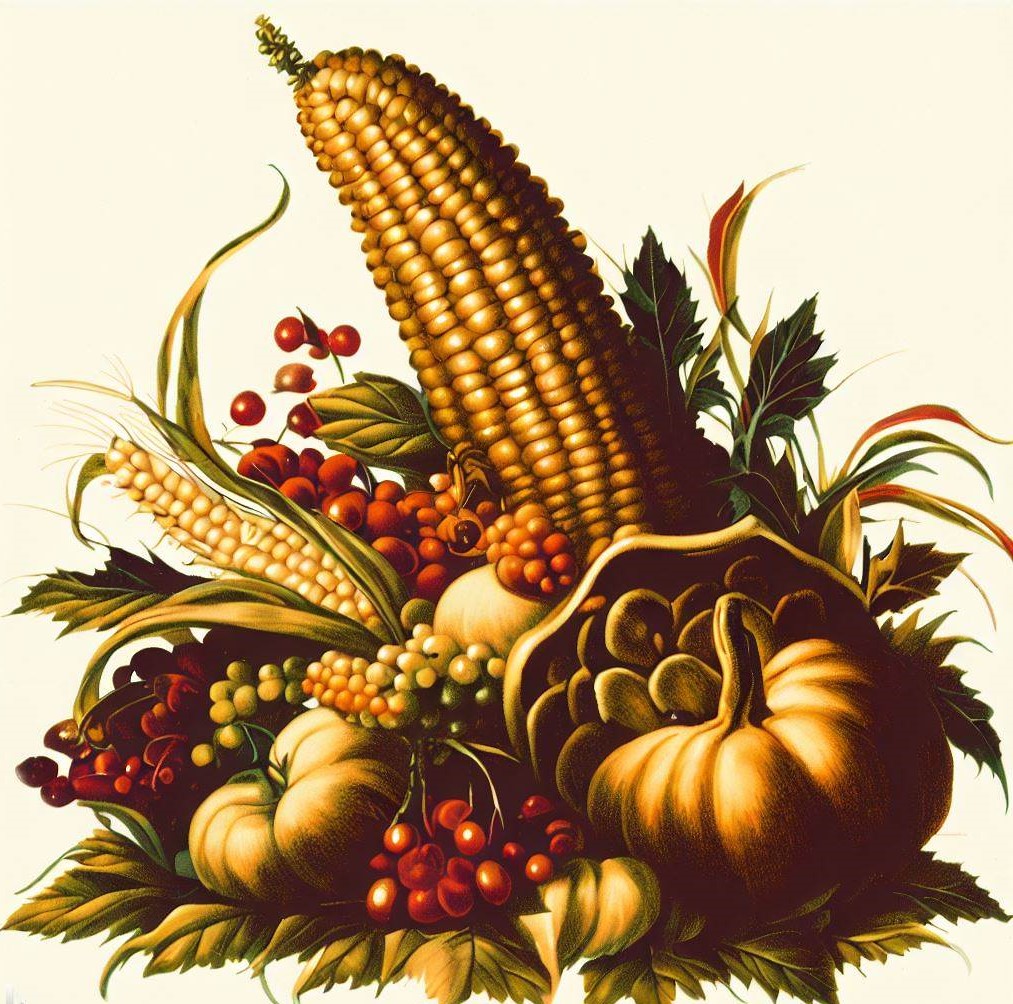
Symbol of Abundance
The cornucopia became a powerful symbol of abundance and prosperity in ancient societies. Its association with the bountiful gifts of nature made it a common motif in various forms of art, such as pottery, paintings, and sculptures. The horn’s curved shape and overflowing contents symbolized the limitless blessings that Mother Earth provided to her inhabitants.
Pagan Traditions and Harvest Festivals
In pagan traditions, the cornucopia held a central place in celebrations and rituals honoring the harvest season. The autumn equinox, known as Mabon in modern pagan practices, marks the second harvest festival. During this time, pagans give thanks for the fruits of the earth and celebrate the abundance of the harvest. The cornucopia is often prominently featured as a decorative centerpiece, filled with seasonal fruits, vegetables, and grains, to symbolize the prosperity and plenty of the harvest.
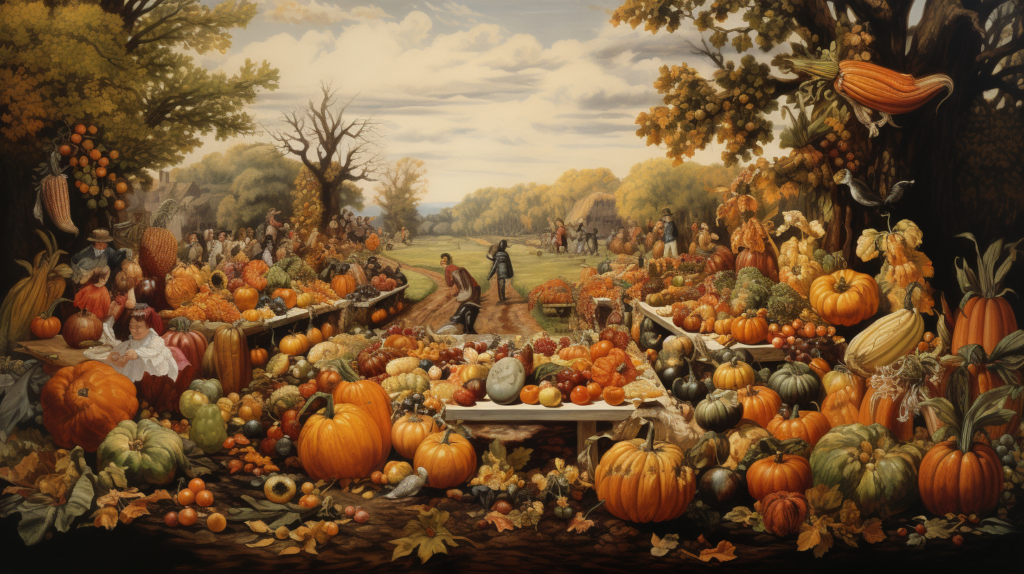
Roman Influence and the Horn of Amalthea
The Roman Empire adopted the cornucopia from the Greeks and associated it with their goddess of abundance, Copia. In Roman art and iconography, the cornucopia was frequently depicted in the hands of various deities, symbolizing their ability to bestow wealth and plenty upon mortals. Additionally, the Roman interpretation of the cornucopia led to its association with the Horn of Amalthea, reinforcing its connection to divine gifts and prosperity.
Modern Symbolism and Cultural Significance
The cornucopia continues to hold relevance in modern times. It is often seen as a decorative item during Thanksgiving celebrations, symbolizing gratitude for the blessings received throughout the year. Additionally, the cornucopia is utilized in corporate logos, especially those related to food, agriculture, and prosperity, emphasizing the connection between abundance and success.
Beyond its association with material wealth, the cornucopia also carries a spiritual meaning. It reminds us of the importance of gratitude, recognizing and appreciating the gifts of the Earth, and fostering a sense of harmony with nature. As society continues to grapple with issues such as sustainability and food security, the cornucopia can serve as a reminder of our responsibility to protect and cherish the planet’s resources.
Conclusion
The cornucopia stands as a powerful symbol, deeply rooted in history and pagan traditions. Representing abundance, prosperity, and the gifts of nature, it serves as a visual reminder of the importance of gratitude and our connection to the natural world. As we navigate the complexities of the modern age, the cornucopia’s timeless message of appreciation and responsibility resonates, reminding us to embrace the blessings of life and nurture the abundance that surrounds us.
